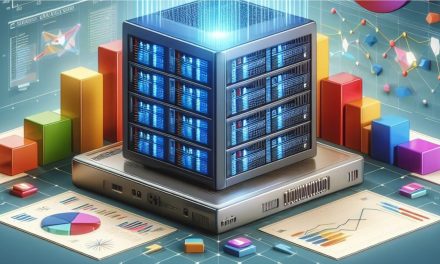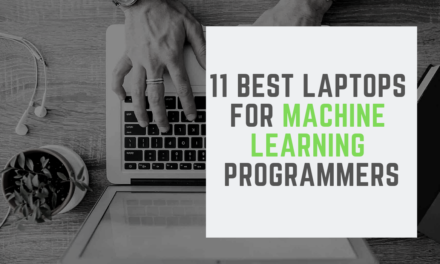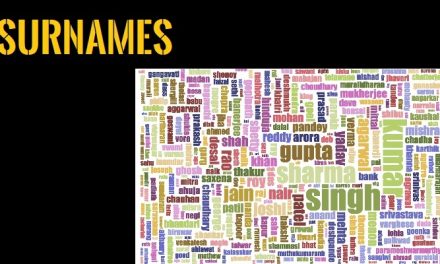Different shades of Data monetization

The digital economy thrives on data monetization, which comes in various forms. Companies can sell anonymized customer data or aggregated user behavior to other businesses for market research purposes. They can leverage their data internally to target advertising effectively, identify fraudulent transactions, or develop data-driven products. Freemium subscription models and tiered pricing structures utilize data to personalize offerings and optimize pricing. Finally, data as a service (DaaS) allows companies to sell access to their data for a fee, creating another avenue for data monetization.
Here’s a breakdown of different shades of data monetization in the digital economy:
Selling Data:
- Personally Identifiable Information (PII): This is the most restricted type of data. Selling PII data directly is heavily regulated due to privacy concerns. However, there are ways to anonymize this data to make it less risky.
- Aggregated Data: This is data that has been grouped so that individual users cannot be identified. This data can be very valuable to businesses looking for insights into consumer trends. For instance, a company might sell data on how many people visit a particular website every day.
- Behavioral Data: This type of data tracks how users interact with a product or service. This data can be used to personalize advertising, improve user experience, and develop new products or services. For example, a social media company might sell data on what types of content users are most likely to engage with.
Internal Use of Data:
- Targeted Advertising: Many businesses use data to target advertising more effectively. This can be done by showing ads to users who are most likely to be interested in the product or service being advertised.
- Fraud Detection: Data can be used to identify and prevent fraudulent activity. For instance, a bank might use data to identify transactions that are likely to be fraudulent.
- Product Development: Businesses can use data to develop new products and services that are more likely to appeal to their target customers. For example, a streaming service might use data on what types of content users are watching to develop new original programming.
Data-driven Subscriptions:
- Freemium Model: This model offers a basic level of service for free, but charges users for premium features. Data can be used to determine which features are most valuable to users and to personalize the pricing of premium subscriptions.
- Tiered Subscriptions: This model offers different levels of service at different price points. Data can be used to determine which features to include in each tier and to price the tiers competitively.
Data as a Service (DaaS):
- In this model, a company provides access to its data to other businesses for a fee. This can be a good way for companies to monetize data that they are not using themselves. For example, a company might provide data on customer demographics to a marketing firm.
The shade of data monetization that a company chooses will depend on several factors, such as the type of data they have, the privacy regulations that apply to their industry, and their business goals.





















